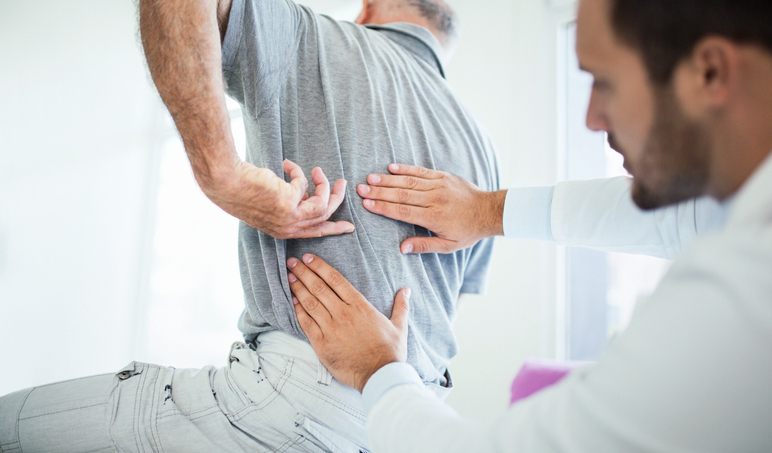Back pain is a common condition that can impact daily activities and quality of life. Learning more about this type of pain helps you make informed decisions about managing your health and seeking appropriate medical care. Here is more information on back pain, its underlying causes, associated symptoms, and available treatment options:
What Is Back Pain?
Back pain refers to discomfort or pain that occurs anywhere along the spine, from the neck to the lower back. The condition ranges from mild, temporary discomfort to severe, chronic pain that limits mobility and function. Back pain may develop suddenly due to injury or gradually over time due to age-related changes or repetitive stress.
The spine consists of vertebrae, discs, muscles, ligaments, and nerves that work together to support the body and enable movement. When any of these structures become damaged, inflamed, or strained, pain can result. The condition can affect people of all ages and backgrounds, making it a common reason for medical visits.
What Causes It?
Multiple factors can contribute to the development of back pain. Muscle strains and ligament sprains are among the most common causes, often resulting from heavy lifting, sudden movements, or poor posture. These injuries may cause immediate pain and stiffness that may persist for several days or weeks. Herniated discs occur when the soft material inside spinal discs pushes through tears in the outer layer, potentially pressing on nearby nerves.
Arthritis causes inflammation and stiffness in the joints of the spine, while spinal stenosis involves the narrowing of the spinal canal, which can compress nerves. Structural abnormalities may also contribute to the development of chronic pain. Scoliosis, an abnormal curvature of the spine, may create uneven pressure on vertebrae and surrounding tissues.
What Symptoms Can Accompany It?
Symptoms vary depending on the underlying cause and the specific area affected. The primary symptom is pain that may be described as aching, burning, stabbing, or sharp. This pain can be localized to a specific area or radiate to other parts of the body, such as the legs, hips, or arms.
Muscle spasms may accompany back pain, causing involuntary contractions that can be painful and limit movement. Stiffness is another common symptom that may be more pronounced in the morning or after periods of inactivity. Range of motion may become limited, making it difficult to bend, twist, or perform everyday activities.
What Are the Treatment Options?
Treatment approaches range from conservative methods, like physical therapy and medications, to advanced interventional procedures. Epidural steroid injections deliver anti-inflammatory medication directly to the affected area around spinal nerves. Nerve blocks provide targeted pain relief by interrupting pain signals from specific nerves.
Specialized procedures address specific conditions and symptoms. Kyphoplasty treats compression fractures by stabilizing damaged vertebrae. Radiofrequency ablation uses heat to disable nerves that transmit pain signals. Spinal cord stimulation involves implanting a device that sends electrical pulses to mask pain signals.
Minimally invasive lumbar decompression relieves pressure on compressed nerves through small incisions, thereby minimizing the need for extensive surgery. Intrathecal pain pump implantation delivers medication directly to the spinal fluid for chronic pain management. Surgery may be evaluated when conservative treatments fail and specific structural problems require correction.
Find Relief Today
Back pain can substantially impact daily life and productivity, but effective treatment options are available. Understanding the causes and symptoms of your pain helps guide treatment decisions and improve outcomes. Consult with a healthcare provider to develop a comprehensive treatment plan tailored to your specific condition and needs.









